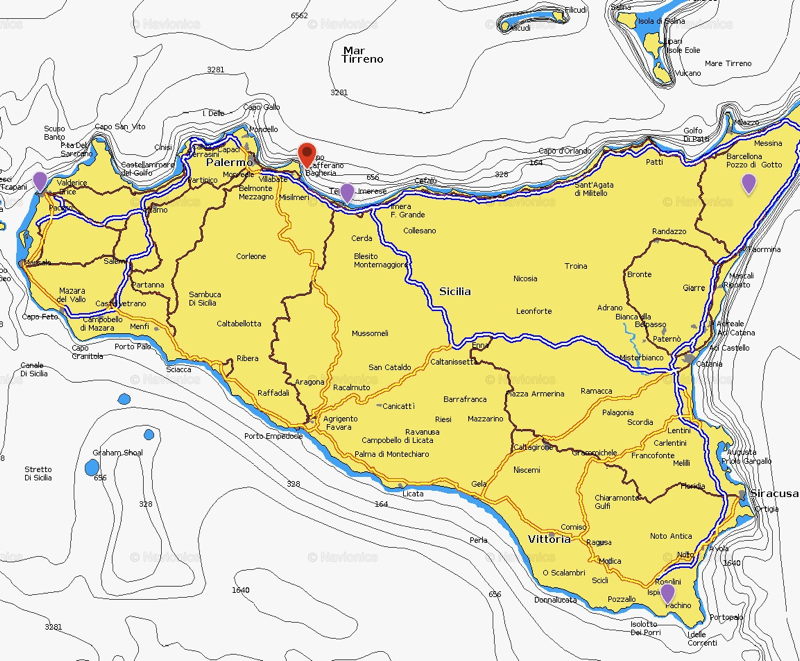
‘Bayesian’ Salvage Underway While Investigations Continue
Earlier this month we reported that operations to salvage the superyacht Bayesian were scheduled to begin. The 184-ft Perini Navi sloop sank in August 2024 while anchored off Porticello, Sicily. Seven people died including the yacht’s owner and his 18-year-old daughter. This week, The Maritime Executive reported that salvors have now raised the vessel’s boom and plan to salvage the rest of the rigging, then “parbuckle the wreck and raise it out of the water.”

The aim of the salvage operation is to find evidence of why the vessel sank. A report shared by SNP Ship Management Private Limited indicates the vessel’s extra-tall mast may have been a large factor in its sudden knockdown during the storm. “The vessel did not experience flooding until after the force of the wind on the bare mast heeled Bayesian over far enough for water to come flooding in over the rail — not through a side door nearer the waterline, a scenario proposed by the vessel’s builder,” the report said. The operation is both time-consuming and dangerous. On May 9, a Dutch commercial diver died while attempting to remove Bayesian’s boom with a cutting torch. This incident is now also under investigation.
Bayesian sank in 165 feet of water after being hit by strong winds, with some reports suggesting a waterspout. Investigations by the UK Marine Accident Investigation Branch (MAIB) have collected physical and documentary evidence about the yacht and the weather conditions on the night of the sinking. A team at the University of Southampton’s Wolfson Unit for Marine Technology has been engaged to analyze the data.
The MAIB concluded that, based on Bayesian’s design and configuration at the time of the incident, “[T]he vessel would have been vulnerable to capsizing when exposed to wind gusts of as little as 63 knots on the beam.”
Simulations of the conditions confirmed that a mesocyclonic supercell had passed over the area with possible surface wind speeds above 87 knots. It was also found that the mast itself, the tallest aluminum mast in the world, “accounted for about 50 percent of the total wind heeling moment on the vessel.”
The ship heeled over in less than 15 seconds. The MAIB investigations determined that “[I]n the assumed loss condition, once Bayesian heeled over to an angle greater than 70.6° (the angle of vanishing stability) there was no chance of a return to an even keel.”
The Bayesian crew are currently under a criminal investigation.
